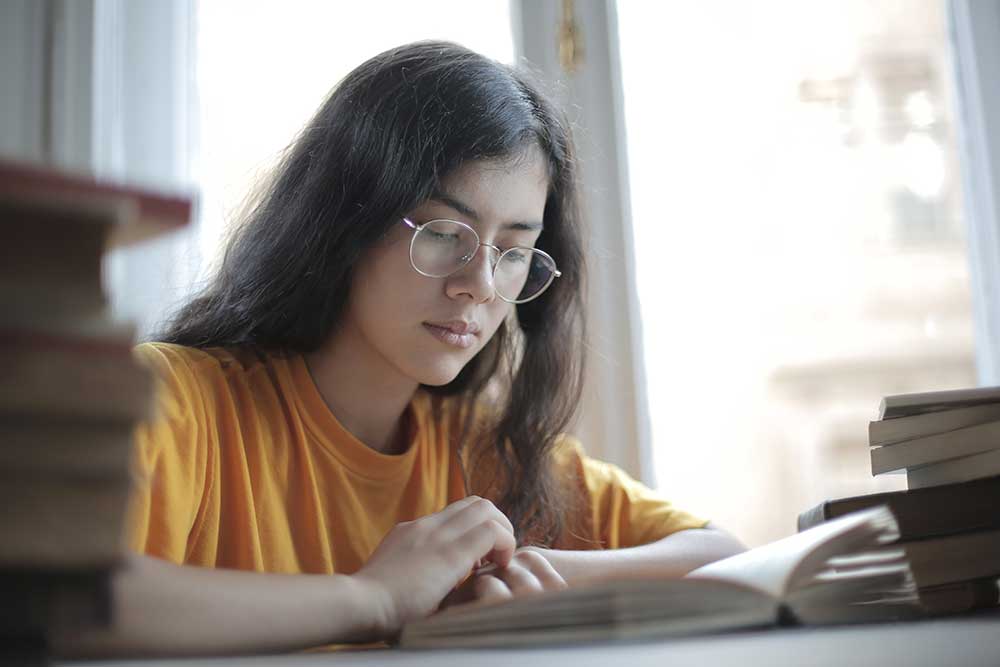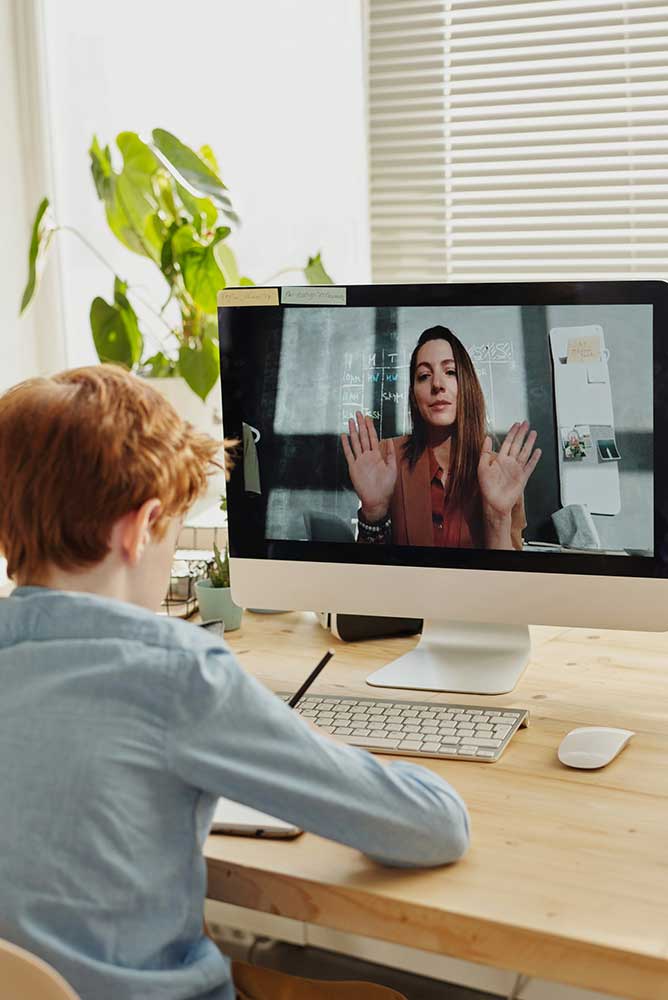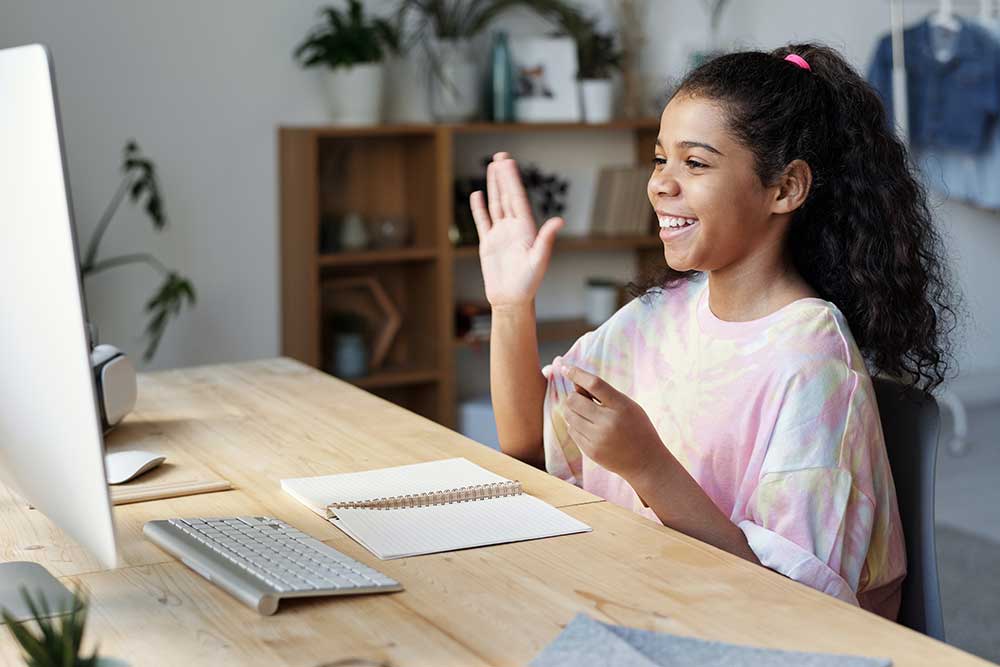You would think, out of all the years I’ve been to school, that teaching my kids at home would be easier. Nothing could be further from the truth. I have a newfound appreciation for all of our educators out there, whether they’re in the classroom or on Zoom. Thank you!
Covid-19 has brought a lot of new challenges into our world. Among them is “distance learning”. As an ophthalmologist, I’m seeing more and more signs of digital eye strain. As our children spend more time on screens, I wanted to share with you some ideas to prepare you for the school year ahead.
Kids are not immune to developing tired and dry eyes from extended periods of time on screens. When we watch TV or play video games, we don’t blink as often. This can lead to symptoms of headache, blurry vision and dry eyes. Additionally, when we focus at the same distance for a long time, it can cause our vision to blur temporarily, and the muscles around the eye to become tired, which leads to headaches. Extended periods of reading, writing or other intensive near work can also cause eye strain.
Luckily, most symptoms of eye strain can be avoided by taking a few simple steps. Here are some tips we recommend:

- Follow the rule of 20. For every 20 minutes on a screen stop and take at least 20 seconds of rest. Setting a timer can help keep this schedule.
- Try reading a real book! Ebooks are great, but nothing beats the real thing!
- Don’t forget to spend time outdoors. Our eyes are never properly relaxed until we are staring off into the distance. This relaxes the muscles in the eyes and gives you time to “reset”. Several studies have shown that spending time outdoors, especially in early childhood, can slow the progression of nearsightedness.
- Always wear proper corrective glasses, if needed. Not sure if your child needs glasses? Give me a call!
In addition to those tips, it’s also important to realize that we tend to use digital devices at less than ideal distances and angles, which leads to eyestrain. To encourage good posture and better habits, The American Academy of Ophthalmology has recommended you to set up a “home office” for your kids. Follow these tips to optimize their workspace:

- Make sure they view laptops at arm’s length, about 18 to 24 inches from where they are sitting. Ideally, they should have a monitor positioned at eye level, directly in front of the body. Tablets should also be held at arm’s length.
- Position the light source behind the back, not behind the computer screen to reduce glare.
- Adjust the brightness and contrast on the screen so that it feels comfortable for them.
- Avoid using a device outside or in brightly lit areas; the glare on the screen can cause eye strain.
- Don’t use a device in a dark room. As the pupil expands to accommodate the darkness, the brightness of the screen can aggravate after-images and cause discomfort.
- Put down the device 30 to 60 minutes before bedtime. Blue light may disrupt sleep. For your procrastinating teens, switch to “night mode” or a similar mode to reduce blue light exposure.
As with anything, adjust these tips to meet the needs and circumstances of your children and if you have any questions, feel free to give us a call. From our family to yours, good luck this school year!

